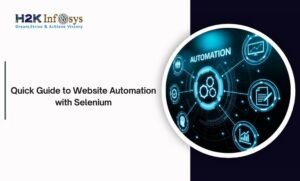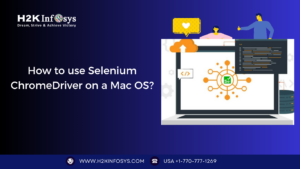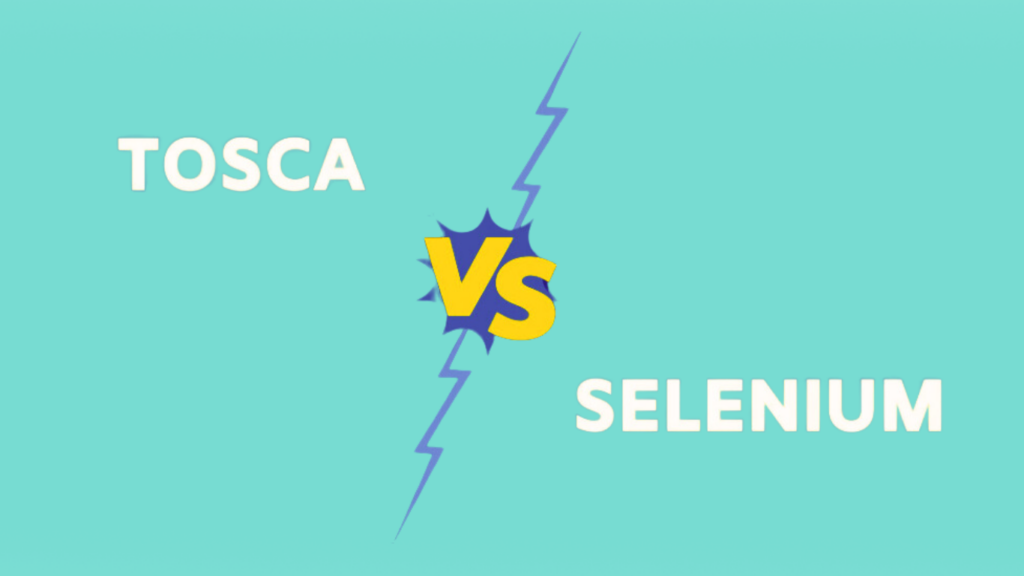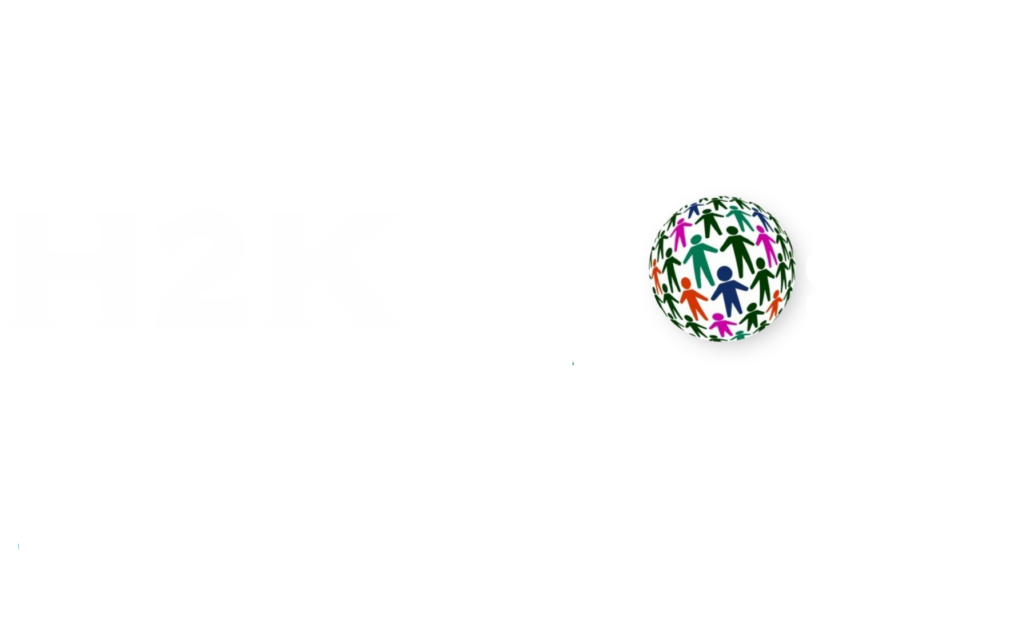Introduction
In 2025, the software testing landscape continues to evolve rapidly, with Selenium remaining one of the most popular tools for automating web browsers. A key question for businesses, developers, and QA engineers is: is Selenium free? The assumption that Selenium is a completely free tool has been widespread for years, but like many software products, the situation isn’t always as simple as it seems.
In this blog post, we will explore the Selenium software cost in 2025, break down whether it’s truly free, and discuss additional costs associated with using Selenium. We’ll also touch upon how organizations and developers can effectively integrate Selenium into their workflow while minimizing costs.
What is Selenium?
Selenium is a powerful open-source framework for automating web applications across different browsers and platforms. It is used primarily for automated testing of web applications, ensuring that they work as expected across various environments.

Selenium has gained immense popularity over the years for its flexibility, scalability, and the fact that it supports multiple programming languages (such as Java, Python, C#, Ruby, and JavaScript) and browser types (Chrome, Firefox, Edge, Safari, etc.).
The tool itself is often used by QA engineers to simulate user interactions with a web page and validate that the application behaves as intended. But while the core Selenium WebDriver itself is free to use, many users may wonder: are there hidden Selenium software cost involved in integrating Selenium into an enterprise-level project?
Understanding Selenium’s Core Components
Before delving deeper into Selenium software cost implications, let’s understand the key components of Selenium:
- Selenium WebDriver: This is the main component that allows interaction with web browsers. WebDriver provides APIs to control browsers and simulate user actions such as clicking buttons, filling forms, or navigating between pages.
- Selenium Grid: Selenium Grid allows parallel execution of tests on different machines or environments simultaneously, reducing the time needed for test execution. This component is particularly useful for large-scale test automation efforts.
- Selenium IDE (Integrated Development Environment): This is a browser extension that allows users to record and playback their tests. It’s primarily used for beginner-level users or non-programmers.
- Selenium RC (Remote Control): Although it’s deprecated and no longer widely used, Selenium RC allowed for interaction with web applications by injecting JavaScript into browsers.
These components are all part of the open-source Selenium project, and in 2025, they remain free for anyone to use, modify, and distribute. However, as we’ll explore next, there are other aspects to consider when asking about Selenium software cost.
Is Selenium Free in 2025?
The short answer to the question, Is Selenium Free is yes Selenium itself remains free in 2025. You can download and use all of the core components without paying a dime. The tool is distributed under the Apache 2.0 open-source license, which means it’s available for both commercial and personal use without any upfront fees.
That said, the world of Selenium isn’t as simple as downloading the WebDriver and running tests. While the tool itself doesn’t have a direct cost, there are indirect Selenium software cost involved in its implementation and use, especially in large-scale or enterprise environments.
Indirect Costs of Using Selenium in 2025
Although the core of Selenium remains free, there are several areas where costs can arise when integrating it into a project. Here are the key cost factors associated with Selenium software in 2025:
Test Infrastructure Costs
Running automated tests using Selenium often requires significant infrastructure, especially when you need to test across multiple browsers, operating systems, and devices. Setting up Selenium Grid, for example, may require a distributed testing infrastructure with multiple machines or virtual environments.
- Cloud Testing Platforms: Many companies opt to use cloud-based solutions like Sauce Labs, BrowserStack, or LambdaTest, which offer access to a wide variety of browsers and operating systems. These platforms often have subscription fees, adding an extra cost to Selenium automation.
- On-Premise Servers: Alternatively, organizations may choose to host their own test environments, which requires hardware, maintenance, and personnel to manage the servers.
Third-Party Tools and Libraries
To enhance Selenium’s capabilities, you may need to integrate third-party tools, libraries, or services, which could add to the overall cost of using Selenium. For example:
- Test Reporting Tools: Tools like Allure, ExtentReports, or TestNG offer comprehensive reporting features for Selenium tests, but they may come with licensing fees.
- CI/CD Tools: If you integrate Selenium into a Continuous Integration/Continuous Delivery pipeline, you may need tools like Jenkins, CircleCI, or GitLab CI, some of which offer paid plans for enhanced features.
Maintenance and Support Costs
Selenium is an open-source project, meaning that there is no official support. For large-scale operations, this can pose a challenge. Many companies hire third-party vendors or experts to provide:
- Expert Guidance: To avoid running into issues with setup, scaling, or troubleshooting, organizations often hire consultants.Test Maintenance: Selenium test scripts can require ongoing maintenance, particularly when the underlying application changes frequently or when browsers update.
Training and Skill Development
While Selenium is widely known and has plenty of documentation and community support, teams often require training or upskilling to use the tool effectively. The cost of training courses, certifications, or workshops may also add to the total Selenium software cost.
- Many companies invest in training for their QA teams to ensure they are proficient in Selenium WebDriver, Java, and other relevant tools. Training costs can vary widely depending on the method, provider, and duration.
Comparing Selenium to Other Testing Tools
To understand the true Selenium software cost, it’s useful to compare it to other automation testing tools on the market. Here are some commonly used alternatives and how their costs compare to Selenium:
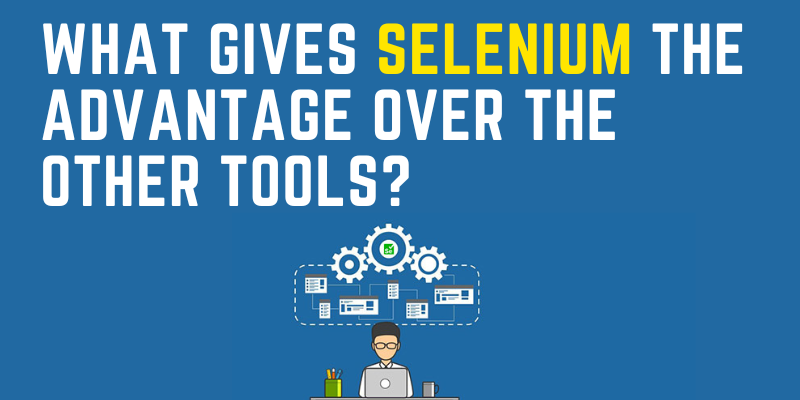
Cypress
Cypress is another popular automation testing tool for web applications. It offers many of the same features as Selenium but with a more modern, developer-friendly approach. Cypress provides better debugging tools and is often easier to set up. However, it does not have the same level of cross-browser support as Selenium, and it’s not as flexible.Cost: Cypress offers a free version, but its paid plans for enterprise-level features can range from $75 per month to more, depending on the size of your team and the level of support you require.
TestComplete
TestComplete is a commercial automation testing platform that provides a rich set of features, including AI-powered testing, cross-platform support, and easy integration with other tools. It’s a good alternative for enterprises that need full-featured testing platforms.Cost: Unlike Selenium, TestComplete is not free. Pricing for TestComplete starts at around $3,000 per user annually, which is significantly higher than the free Selenium platform.
Katalon Studio
Katalon Studio is another automation testing tool that is user-friendly and integrates well with other tools. It is available in both free and paid versions, with the paid version offering enhanced features for large teams or enterprise usage.Cost: Katalon offers a free version, but its paid plans start at $759 per user annually, making it a paid alternative compared to Selenium.
When Should You Use Selenium?
Given that Selenium is free and highly customizable, it’s an ideal choice for businesses of all sizes, especially those looking for an open-source solution. However, companies must assess their needs carefully:
- Small and Medium-Sized Teams: If you’re a small development or QA team with a focus on cost efficiency, Selenium’s free offerings, coupled with cloud-based testing services (like BrowserStack or Sauce Labs), provide a viable, low-cost testing solution.
- Large Enterprises: For larger companies with complex testing requirements, you may need to factor in additional costs for third-party services, test infrastructure, and training. The flexibility and scalability of Selenium remain unmatched, but the hidden costs can add up.
Key Takeaways
- Selenium itself remains free in 2025, under the Apache 2.0 open-source license. This includes the core components like WebDriver, IDE, and Grid.
- Indirect costs such as infrastructure, third-party tools, maintenance, and training should be considered when evaluating the total cost of using Selenium.
- Compared to commercial alternatives like TestComplete or Katalon Studio, Selenium offers a much lower software cost, but businesses may still incur costs for cloud services, expert consultation, and tool integration.
- While Selenium is cost-effective for many use cases, larger organizations or those requiring advanced features may want to invest in paid tools or services to maximize efficiency.
Conclusion
Selenium remains a cost-effective solution for automated testing in 2025, especially if you are looking for an open-source platform with broad community support and the ability to scale. However, it’s important to be aware of the hidden or indirect costs associated with its use. For many businesses, the benefits of Selenium outweigh these costs, making it one of the best options available for web automation testing.
For enterprises ready to invest in their testing infrastructure, Selenium continues to be a top choice. If you’re just starting out, or if your testing needs are simple, Selenium can help you get up and running without breaking the bank.
If you’re ready to integrate Selenium into your automation testing strategy, start exploring the vast range of resources available. Whether you’re a beginner or an experienced tester, mastering Selenium can be your gateway to successful web automation testing.








